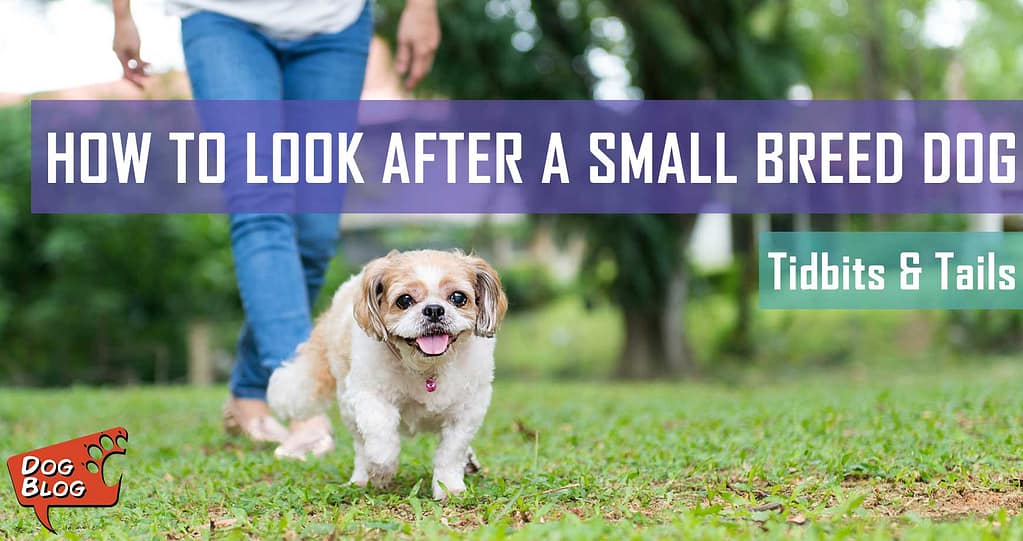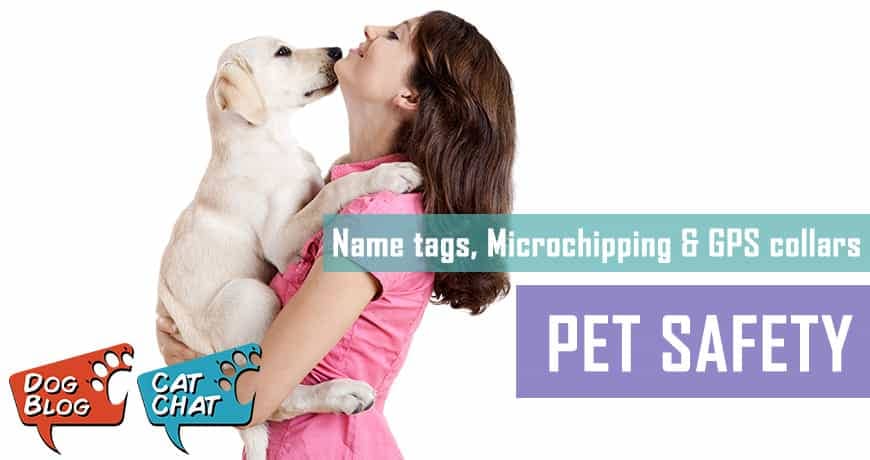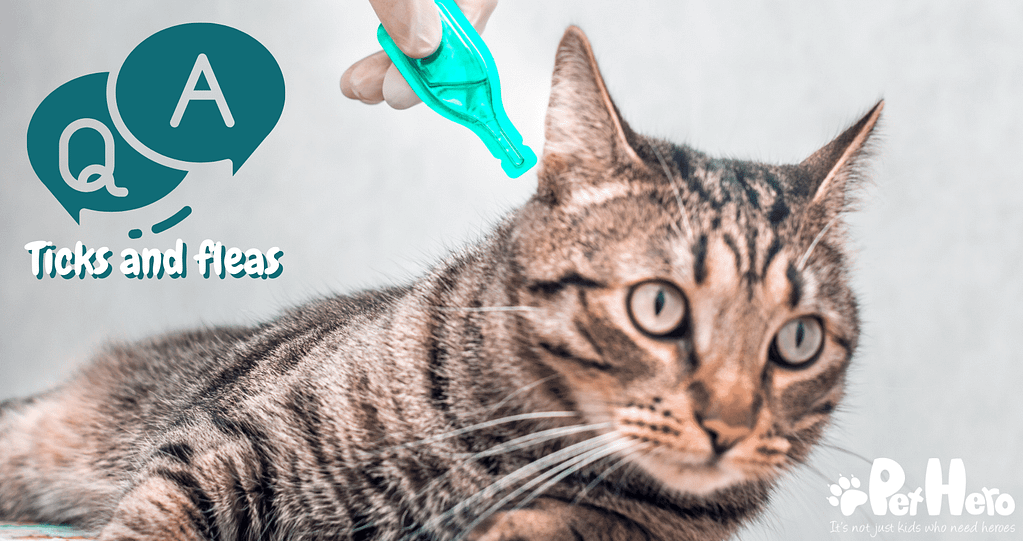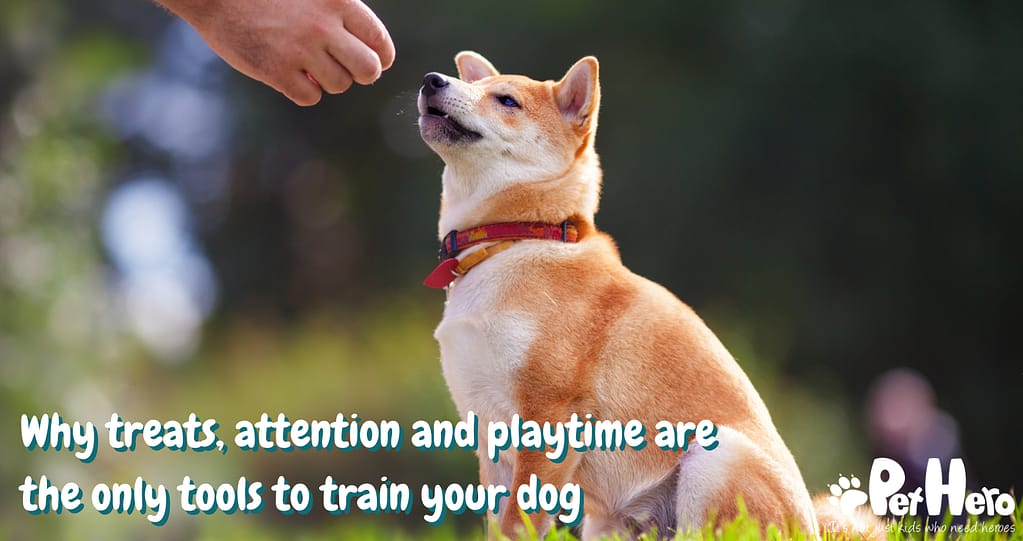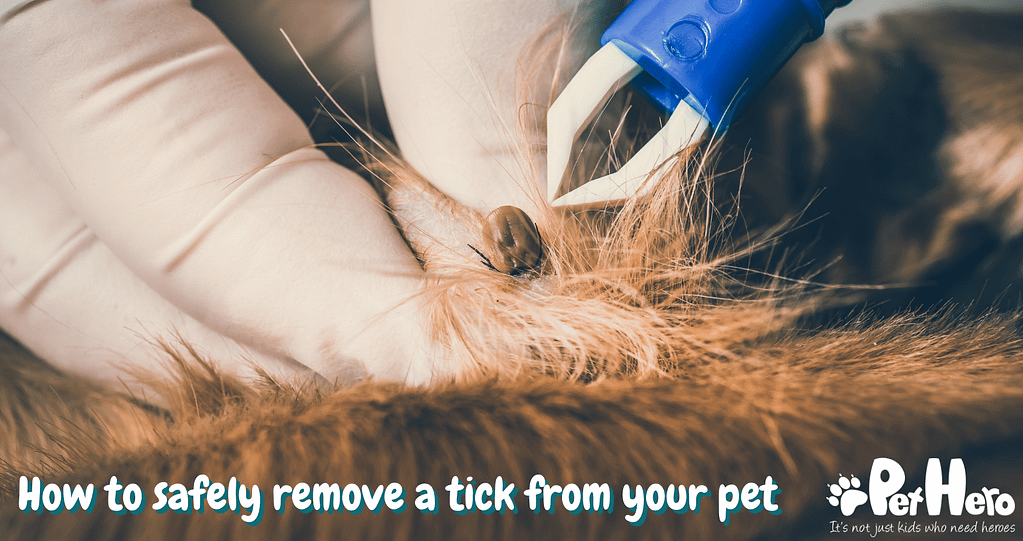The need for a dog has changed over the years and so have their size and look. Dogs have become companions and are very loyal to their owners. Small dogs have become more popular as time passed and are great apartment dogs. They are also very alert and lets you know when someone is at the gate/door.
Small dog breeds typically can weigh up to 9 kg. There are many different types of small breed dogs, varying from long hair to short hair, flat noses to long thin snouts. Some small breed dogs include Yorkshire terriers, Maltese Poodle, Cavalier King Charles Spaniel, French Bulldog, Pekingese and so much more. Some of these breeds look like cute fluffy little bears, which are just irresistible to have. However, there are quite a few things to consider before going out and getting your new pup.
Small dogs, as cute as they are, need a lot of attention and affection. Many small breed dogs often have strong personalities and require a high standard of care. Make sure you know what you are in for before picking the cutest smallest dog. Do some research about the unique characteristics of the breed you intend to get.
How to take care of your small breed:
- Feed them on a regular schedule. The type of dog food and your dog’s age will help you to determine how often your dog will need to eat. Be consistent as this will help you and your pet to get into a routine. Feeding time also gives you the chance to incorporate training and obedience training before eating. Many different brands of dog food cater for small breed dogs. While some pet owners prefer certain pet food brand, others prefer a more premium pet food for the small dog. The best way to make sure you are feeding your dog right is to talk to your vet.
- Avoid feeding your dog human food. We all love to spoil our dogs, and it can be very tempting to feed them off the table, but it can be very damaging at the same time. Some human foods can be toxic to your pup and can make them sick or even cause death. Not only can some human food cause a lot of damage, but it can also teach your dog terrible manners.
- Always make sure your dog has access to clean fresh water every day. Water cylinders are also very handy to have, as you will then be sure that your dog will not run out of water while you are away. One thing to also consider is that your small dog’s bowl will have to be low enough for your dog to be able to reach.
- Dog Treats. Limit your dogs treat to a healthy amount. Treats are a great way in helping to train your dog or to praise your doggie with. However, too much of a good thing is also not very healthy. Most packages will tell you how many your dog is allowed per day.
- Provide your pup with a cosy place to sleep. Dogs love to sleep. They sleep a lot more than us, and it is, therefore, essential to give them a comfortable dog bed. It provides a sense of security and makes your dog feel safe while having its nap. In winter you can add a nice cosy dog blanket to help keep them warm, making snooze time one to love.
Keep your small dog healthy:
- Schedule routine visits with your vet. Just like a human, pets also need to have a routine check-up. The vet will monitor your dog’s weight, heart, teeth, ears, coat and so much more. If there are any issues like hot spots or allergies, your vet will assist you in getting your pup’s health in good shape.
- Small dogs are more fragile than bigger dogs and can easily get hurt from rough play or even jumping off a bed. (This also depends on the breed, though.) However, getting pet medical insurance would be a safer option to have. If your dog gets stepped on by accident or endures any other injury, you will at least have the peace of mind that you can afford the vet bill that is coming your way.
- Spay or neuter your dog. If you are not planning to breed with your dog, you should spay or neuter him or her. This will help with your dog’s health and temperament. On average, a dog that has been spayed or neutered lives up to two years longer than dogs that have not been. Dogs that are spayed or neutered are also at a lower risk of developing certain diseases, like uterine and testicular cancers.
- Groom your dog regularly. Depending on the breed, some dogs need more regular grooming than others, especially long-haired dogs with a double coat. Small dogs also need to be bathed regularly with dog shampoo as they tend to be more on the furniture and on your lap. There are many different types of dog shampoos that you can use on your pup. Your dog will also need to be brushed regularly to avoid lots of hair lying all over your home.
Train and Socialise your dog:
- Any dog, big or small, LOVES to be with you wherever you go. After all, they aren’t called man’s best friend for nothing. However, you will need to train your dog. Dogs have a very good sense of smell and sometimes their noses take over and they run off. If you do take your dog out to the park, always have him on a collar and leash. Some pet owners prefer harnesses over collars.
- Proper socialising helps your dog to react appropriately in new environments and towards people, children and other dogs. Dogs that have not been socialised can become aggressive towards strangers, other dogs and even children. They are afraid and anxious in new places which also adds unnecessary stress to your dog and yourself. Start socialising your pup from a young age through new experiences. Take your dog out to new places, like pet-friendly restaurants, dog parks and on hikes. Positive reinforcement, like small dog treats and praise, will encourage your dog to behave appropriately.
- Bond with your dog. Small dogs become very attached to their owners and love to sit on your lap and enjoy a good belly rub. They love any attention they can get, therefore get your pup some dog toys and play with them. They will love the interaction. The most important thing you can do is to love your small dog – and he will love you back.

